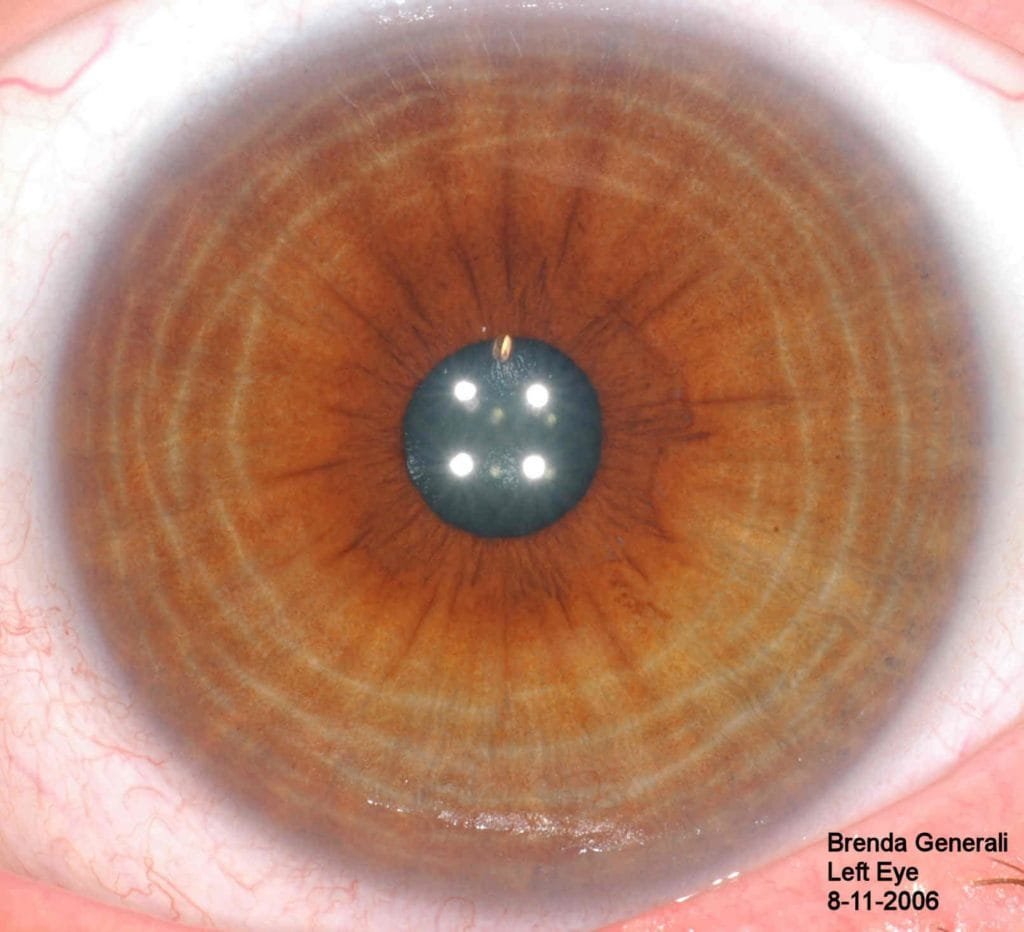iridology diagnosis chart 10 pc free downlaod

iridology diagnosis chart

iridology diagnosis chart

iridology diagnosis chart

iridology diagnosis chart

iridology diagnosis chart

iridology diagnosis chart

iridology diagnosis chart

iridology diagnosis chart

iridology diagnosis chart

iridology diagnosis chart
What is the iridology diagnosis?
What is Iridology diagnosis?-Some scientists postulated that emotions originated in the body, but soon discovered that emotions are both cognitive and visceral and originate simultaneously in brain and body. Science has shown that both the gut and the physical brain receive all the same neurotransmitters, neuropeptides and their receptors. The neuropeptides in the brain not only contain their receptors in the corresponding organs, but high concentrations of almost every neuropeptide receptor exists in other anatomical locations called “nodal points”such as the back side of the spinal cord, which is the first synapse within the nervous system where all somatosensory information is processed, and is most dense in the limbic system. The limbic system is comprised of several brain structures associated with memory and emotion and was first observed by neurosurgeon Wilder Penfield (1891-1976). The limbic system is located in the inner part of the brain. The information is carried by axons and dendrites from many nerve cell bodies that are passing or making synaptic contact with each other. The science of Iridology is a good example that demonstrates the evidence of this mind-body communication network via the connection of the autonomic nervous system and the exposed nerve endings of the iris.
iridology diagnosis chart
iridology diagnosis camera
iridology self diagnosis chart
Ignacz von Peczely
Hippocrates, the Father of Medicine first described it, and it was rediscovered in 1860 by Ignacz von Peczely, a Hungarian Doctor who devoted his life to its study. Peczely became a great physician of his time. He published several books on Iridology and gained much notoriety, but was limited in his observations of the iris, because of the optical equipment available to him. Now we have sophisticated cameras and microscopes with powerful magnifying capabilities. This helps enormously when identifying individual nerve fibers and tiny iris markings.
As written by the Guild of Naturopathic Iridologists International; a trained Iridologist sees the exposed nerve endings as a ‘map’, revealing information about:
the body’s genetic strengths and weaknesses
levels of inflammation and toxemia
the efficiency of the eliminative systems and organs
In the hands of those who are well versed in the pathology of the pathways of disease, as well as anatomy and physiology, this provides a veritable microchip of information. Iridology can help you understand what ‘optimum health’ means for an individual person. The iris displays a unique insight into our health potential and disease dispositions. Iris patterns and pigmentation reveal the history of our inherited health. Iridology or iris diagnosis as it is often called is a method used in alternative medicine to analyze the health status of one by studying specific colors, patterns, locations, markings and signs in the iris of the eye. In one eye it is called iris; in both eyes it is termed iride (I-rid).
iridology diagnosis camera


iriscope iridology camera

iridology camera reviews
What is Iridology and how does it work?
Explain the science of it. How is the eye literally the window to the soul?-Iridology is the science of the iris, or colored portion, of the eye. The iris contains bundles of thousands of nerve fibers and is a reflection of the entire body.
The iris is connected to every organ and tissue of the body by way of the brain and central nervous system through the optic nerve. The optic nerve connects to the central nervous system (CNS) which is the main communication link to everything that goes on in the body.
Think of your brain as your body’s ‘hard drive;’ it remembers everything that ever happened to your body. Your iris is then like the ‘file folder.’ So ‘reading’ the iris to find out what is going on in the body is similar to how one reads a computer screen to access what’s in a computer.
How to read the iridology diagnosis chart?
Blue-Eyed Type (German: Lymphatic)
Description-White collaret (autonomic nerve wreath), solid blue or gray/blue color with no discoloration or psora (pigments). Related to the primary color blue and the spiritual aspect of health. Strong tendency towards Western phlegmatic (water) constitution and Chinese water, metal constitutions.




Tendencies
This is the “pure” blue eye that is found in people’s of European descent. It usually accompanies a classic phlegmatic disposition, which means the person is prone to lymphatic disturbances and catarrh afflictions. This is probably due in part to the fact that people of European descent are frequently heavy consumers of dairy products. Blue-eyed people are also thought to have a greater tendency to accumulate uric acid in their bodies and to have kidney troubles. The body systems and parts that these people have to pay particular attention to are the following: Mucus membrane areas (upper respiratory tract, bronchioles, villi of lungs, digestive tract and the uro-genital tracts), lymphatic tissues (tonsils, appendix, spleen and lymph nodes) and membranes of the joints.
Health problems commonly found in people with the lymphatic constitution include the following: Sinus troubles, sore throats, tonsillitis, earaches, bronchitis, asthma, swollen lymph nodes, skin catarrh (eczema and dandruff), kidney weakness, arthritis and rheumatism.
Mixed-Eyed Type (German: Biliary)
Description-Discolorations or psora (drug spots) on top of a blue background (fiber structure is visible through color). Related to the primary color yellow and the mental aspect of health. Strong tendency towards Chinese wood, earth constitutions and the Western air constitution.
Tendencies
The blue/brown mixed eye has been linked by Iridologists with a disposition to biliary or hepatic (liver) troubles. It is believed that the colorations on top of the blue eye are a sign of toxicity in the body due to digestive problems. When the pigmentation is concentrated around the center of the eye, this is especially linked with digestive disturbances. Problems with the liver and other digestive organs can lead to further imbalances in the glandular and circulatory systems. Body systems and organs to pay particular attention to are as follows: The digestive system (stomach, pancreas, gall bladder and especially the liver) and the intestinal tract.
Common health problems Iridologists associate with this type are: Hypoglycemia, PMS, indigestion, gallstones, constipation, gas, toxicity of the digestive tract, anger and/or depression, difficulty getting to sleep followed by difficulty waking up in the morning, nausea, stiffness and achiness, headaches (especially migraines), food allergies, seasonal allergies and Candida.
Colors


Colors have strong meaning in this eye type:
Straw Yellow: Relates to the kidneys and suggests poor kidney function.
Neon Orange: Relates to the pancreas and suggests a tendency to blood sugar imbalances and problems with digesting (metabolizing) carbohydrates.
Dirty Orange: May relate to either the pancreas or the gallbladder. Suggests some tendency as neon orange, but may also suggest gall bladder problems. Look for other signs of gall bladder problems (marks in gallbladder zone or fatty deposits in whites.)
Dark Brown: Related to liver function.
Reddish Brown: Suggests breakdown of the blood and a need to work with blood purification and building. Possible problems with liver, spleen, and bone marrow.
Brown Eyed Type (German: Hematogenic)
Description-Pure brown eye with pigments covering iris fiber structure. Related to the primary color red and the physical aspect of health. Probably Chinese constitutional types: fire and earth. Probability related to Western fire and earth constitutions as well.
Tendencies
Pure brown eyes are difficult for Iridologists to read because a layer of pigment completely covers up the fiber structure of the eye. However, Iridologists have noted some general characteristics of brown-eyed people. First, they appear to be pre-disposed to imbalances in blood composition and hence to blood disorders. It has been suggested that they have a possible inherent inability to store adequate supplies of minerals. They may especially have problems with calcium metabolism. Specific systems and organs to pay particular attention to are: The circulatory system (heart, blood, blood vessels), the organs that make blood (liver, spleen, bone marrow), the digestive system and the endocrine glands.
Common health problems experienced by brown-eyed people include: Anemia, hardening of the arteries, all types of blood diseases, constriction and hardening of lymph tissue, possible reduced leukocytes in the blood, digestive troubles, mineral deficiencies and early breakdown of the endocrine glands.
iridology diagnosis software


iridology camera software


iridology camera software







































